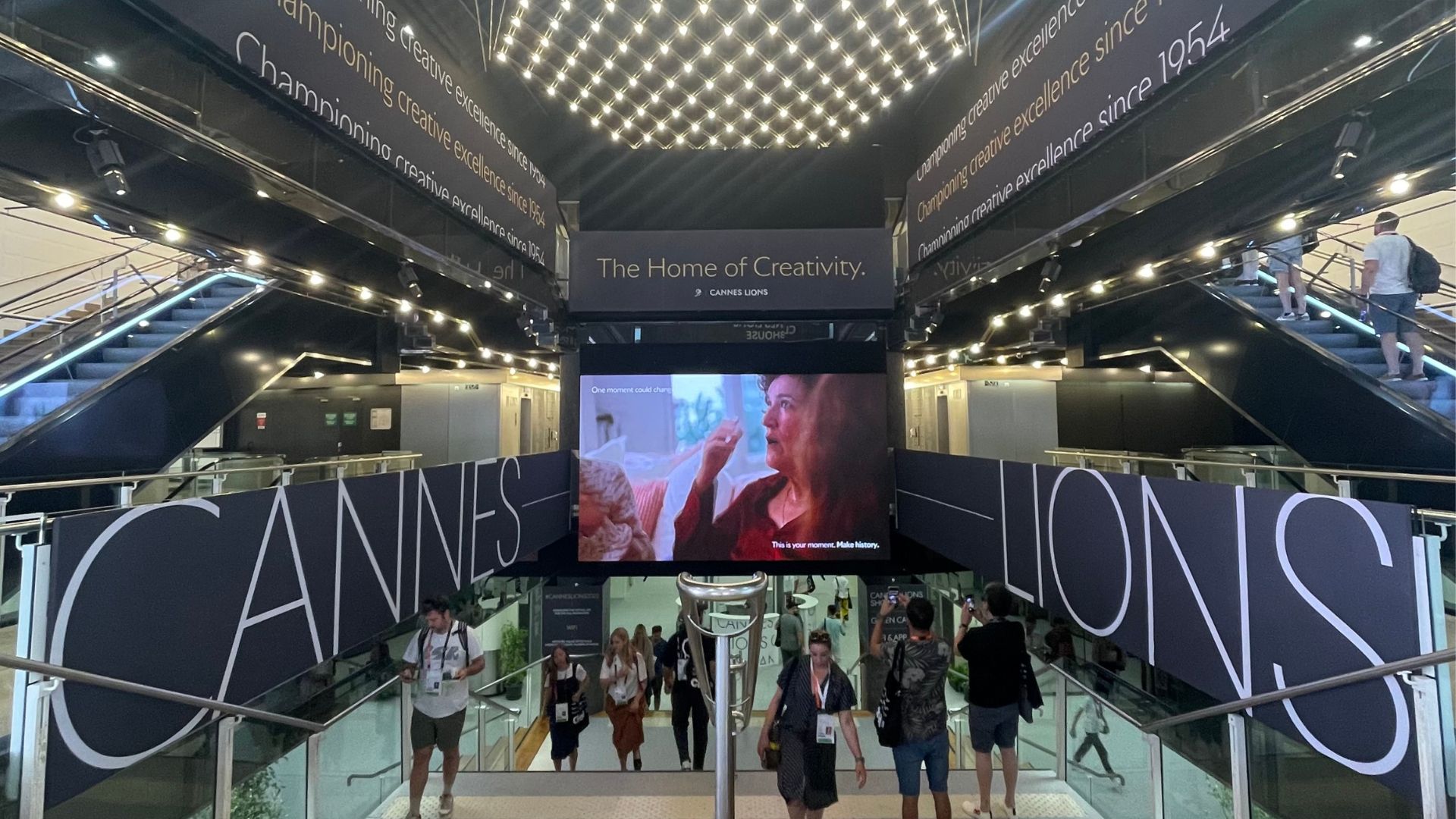If you feel overwhelmed with the number of requests for collaboration, you’re not alone. It’s a current phenomenon caused by a number of factors: the economic downturn in which fewer people are doing more, the rise of social media with everyone in touch with everyone all the time, the mobile devices that keep us in contact with work 24/7 plus the assumption we should respond immediately.
I think it’s especially a problem in public relations – we are attracted to the profession because we like being in touch with others – yikes! No wonder we’re all stressed by the constant demand for more connection when we can’t even keep up with what we already have.
What can we do to reduce this overload of collaboration? Rob Cross, author of Driving Results Through Social Networks, has been studying the dynamics of our informal social networks for 15 years. Recently the phenomenon of collaboration overload has come to the fore in his work – in a recent session in New York, Rob said he finds most everyone exhausted by the demand, plus his data shows this causes poor work/life balance issues, tends to reduce engagement with one’s work and can lead to employee turnover.
Although we all prefer to blame the workplace for our problems, Rob’s work has found we ourselves are often colluding with the problem. There are two primary causes of overload – structural and personal. We can all successfully reduce our collaboration overload if we commit to changing the structures and doing the behaviors that Rob has found in his work (see lists below). I think this will be difficult for us in PR – partly due to our egos, which makes us think we should be in the center of everything – and partly due to our desire to connect with everyone – but the effort can be worthwhile for us to both be more effective in our work by reducing inefficiency, plus more engaged by finding work/life balance.
17 Tips (from Rob Cross) to Help Reduce Collaboration Overload
Structural:
- What routine decisions are you involved in (such as travel approvals, hiring or promotion decisions, and small capital expenditures) that could be reallocated to less-overloaded people or embedded in a policy?
- What information are you routinely sought for that could be made available through others or on web sites?
- What portions of your role could you shift to people deeper in the network as a developmental opportunity for them?
- Do people around you filter and focus inquiries to ensure that issues reaching you are targeted to expertise you currently hold (and not what made you successful in the past)?
- Do you have buffering mechanisms (e.g., administrative assistants or calendaring rules) that encourage collaborators to be focused and efficient when they meet with you?
- Do you employ periodic meetings to build vision and coordination (vs. too many fragmented interactions that result in lost information and lack of alignment)?
- Are you clear about what will be decided and who must be present at meetings you run (and so relieve optional participants of the need to attend “just in case”)?
Behavioral:
- Do you drive too many decisions back to you by signaling (intentionally or not) that you need to be in the loop? Can you create connections around or beneath you?
- Are you too responsive or quick to help and so an easy outlet for people with problems?
- Are you creating too great a reliance on you in expertise domains that have become less central to your success now and in the future? Can you remove yourself from meetings or use them as a way to develop key talent around you?
- Do you hold people accountable for lack of execution (in as positive a way as possible)?
- Do you act quickly to correct collaborative problems before they escalate?
- Do you make decisions when you should – even in the face of ambiguity or less than perfect information – so that you are not creating churn by asking others to un-necessarily study an issue further?
- When you make suggestions on employee’s work, do you focus on changes that will yield significant (>25%) improvements?
- Do you co-create solutions with employees such that they take ownership and need less vision and motivational interactions with you over time?
- Do you go face-to-face for high-stakes interactions and thereby reduce the need for follow-up meetings by discovering and addressing subtle signs of dissent or mis-alignment early?
- Do you switch from email to direct contact early when you see signs of misunderstanding?


